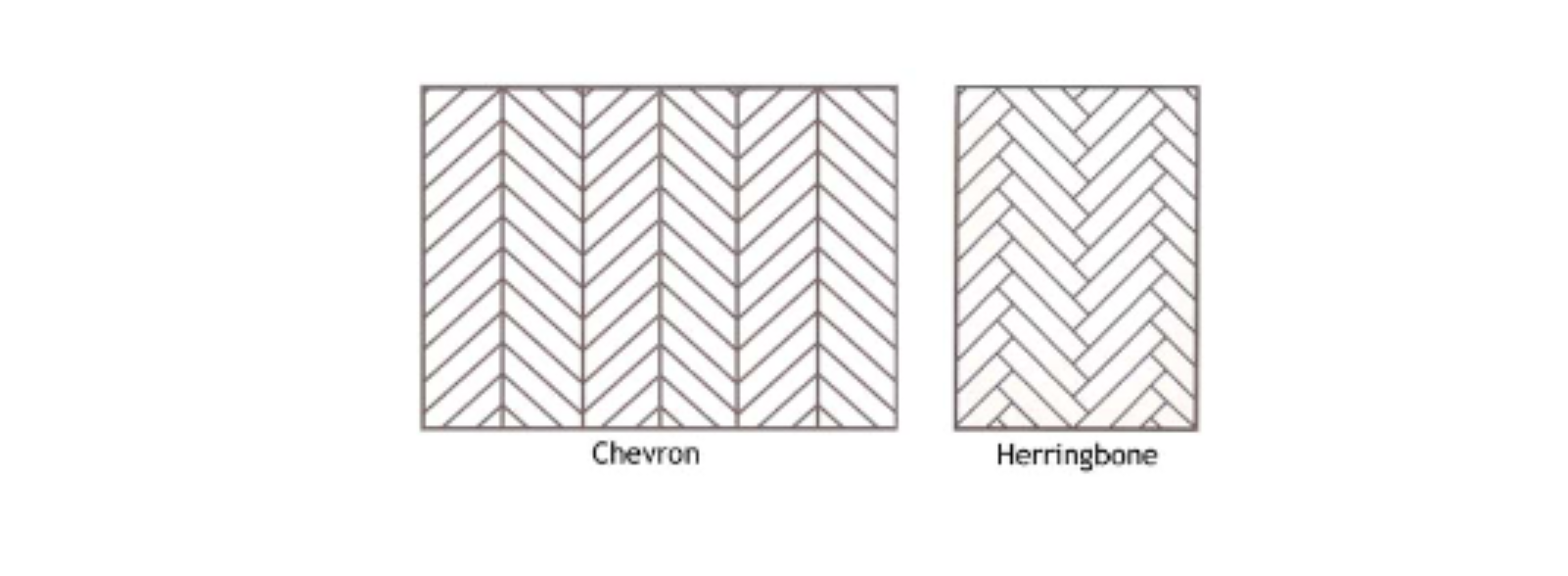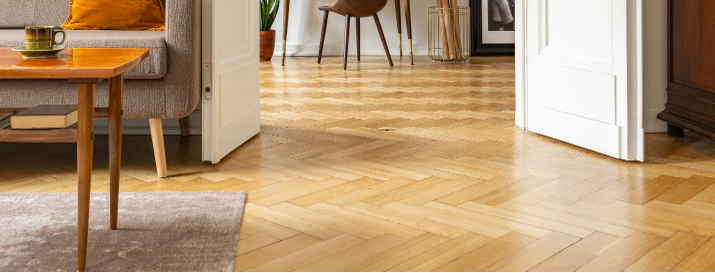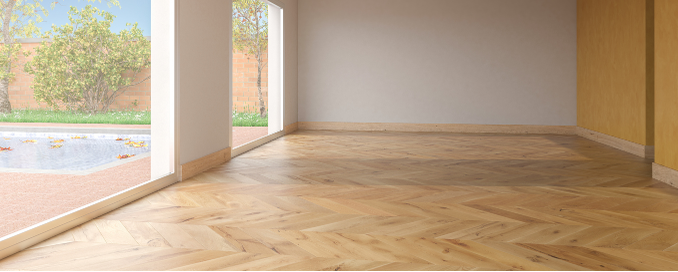Chevron vs. Herringbone: Knowing the Difference
A hot trend today is the chevron floor. The term “chevron” is often used interchangeably with “herringbone,” but in fact these are two similar but distinct styles.

Both chevron and herringbone are composed of pieces of wood equal in size and shape laid in a zig-zag pattern. Herringbone is composed of rectangular planks with 90-degree angles, set in a staggered zig-zag. With chevron, on the other hand, the pieces are cut at an angle, so they meet in the middle in a perfectly straight line.


Both are classic patterns and both continue to appear on fashion-forward floors today. Chevron has made a comeback in all areas of fashion and décor, and the floor is no exception. Many who desire a classic and visually engaging aesthetic, however, prefer herringbone, with its richer and more complex texture.
When a customer requests a chevron or herringbone pattern, it’s important to confirm which they actually mean, as the terms are commonly confused. Whichever they choose, they’re sure to love the result, which can complement any kind of décor from trendy to traditional.
